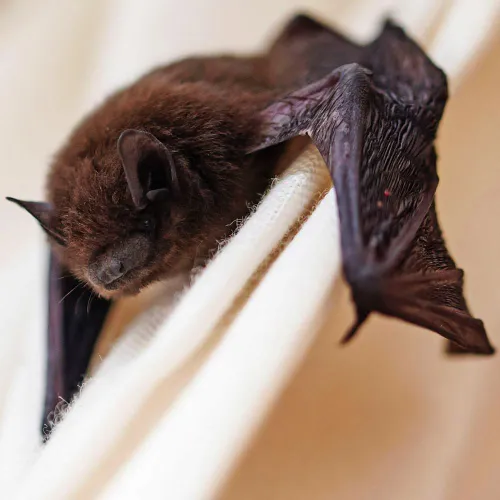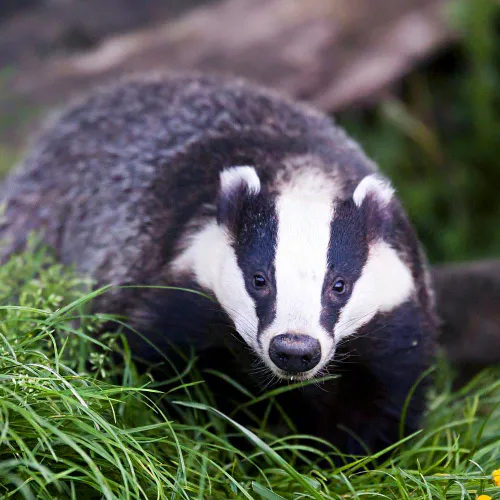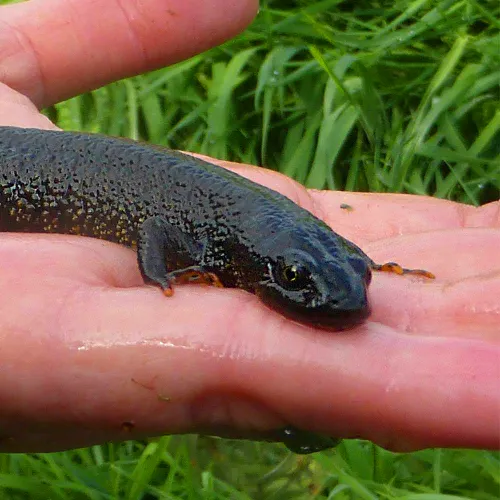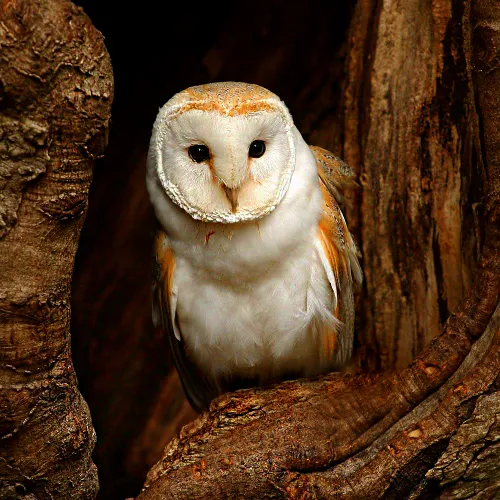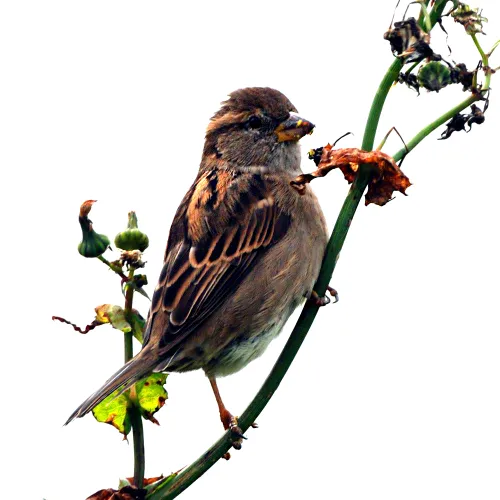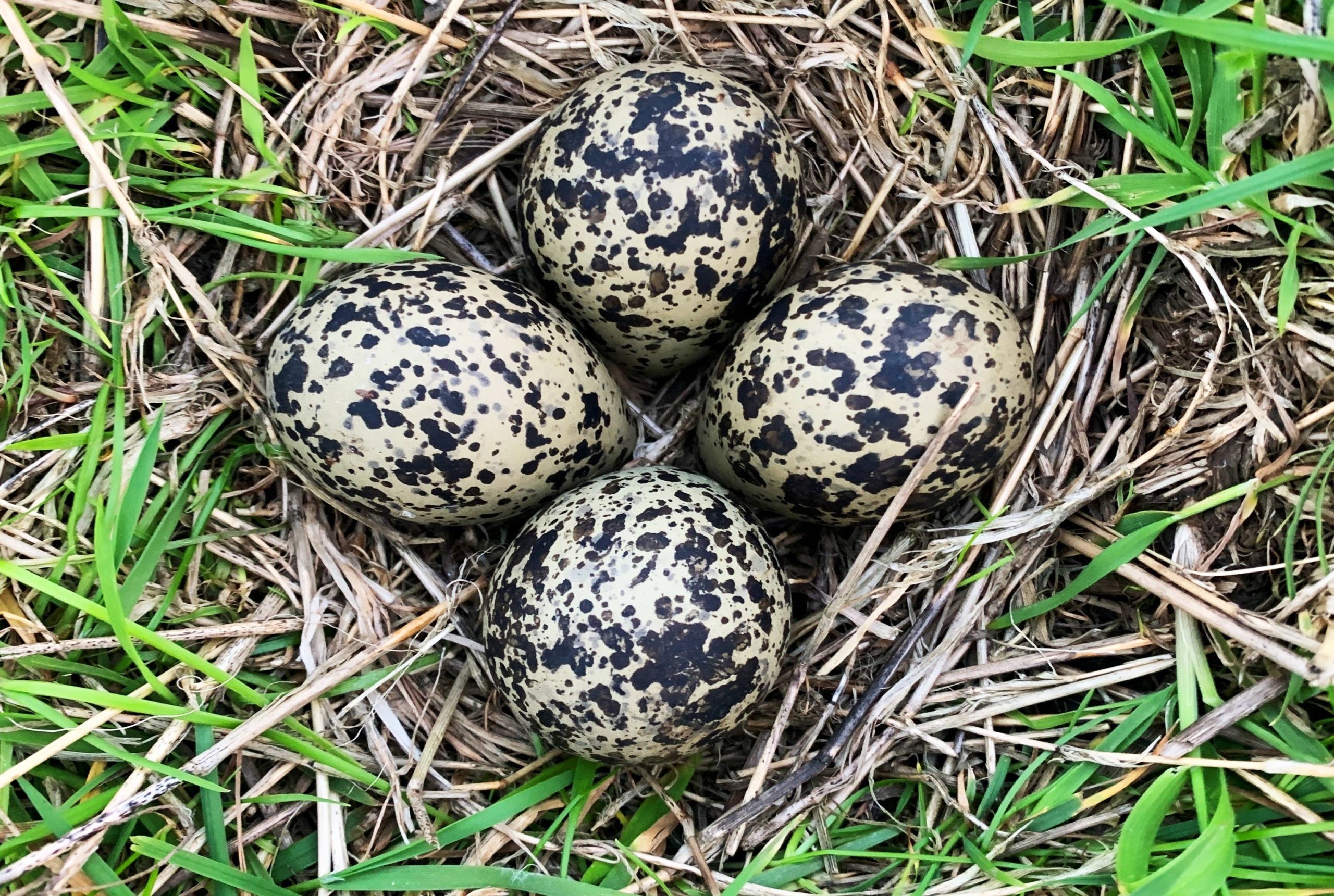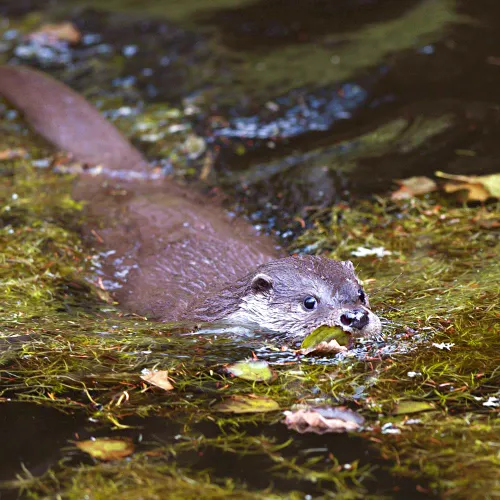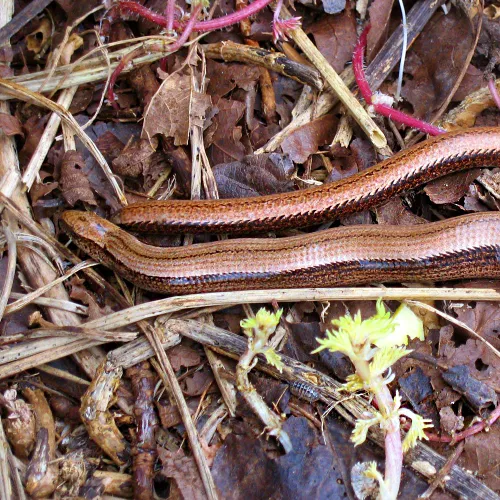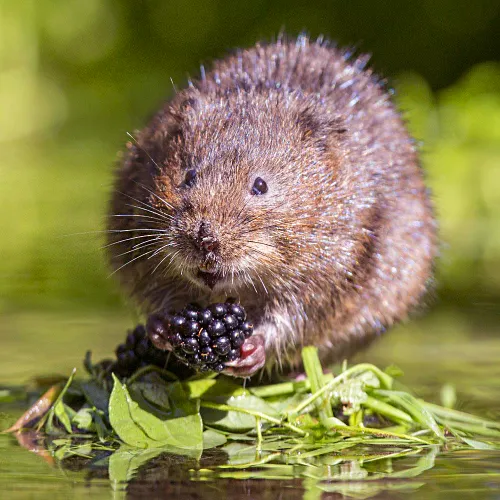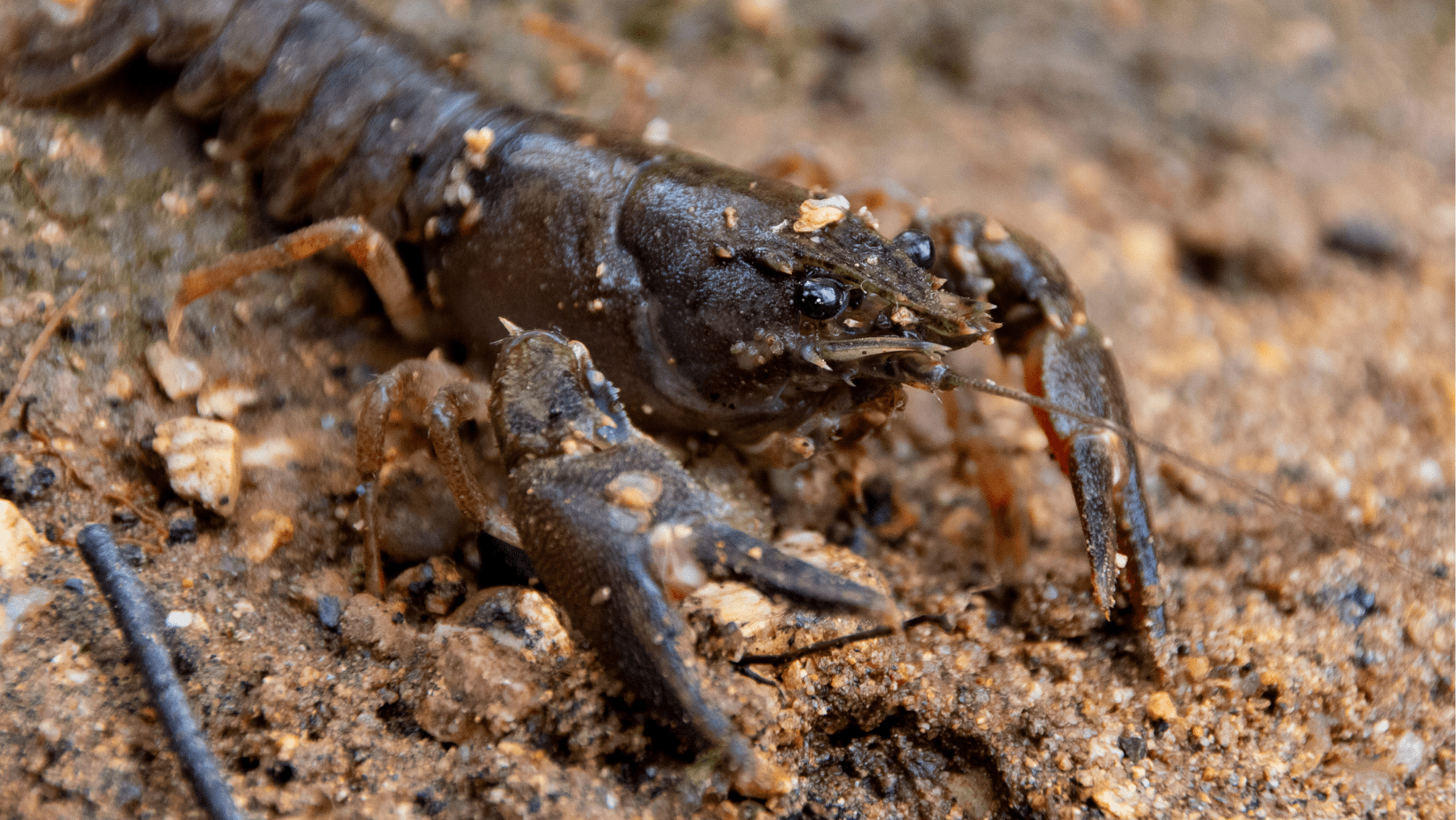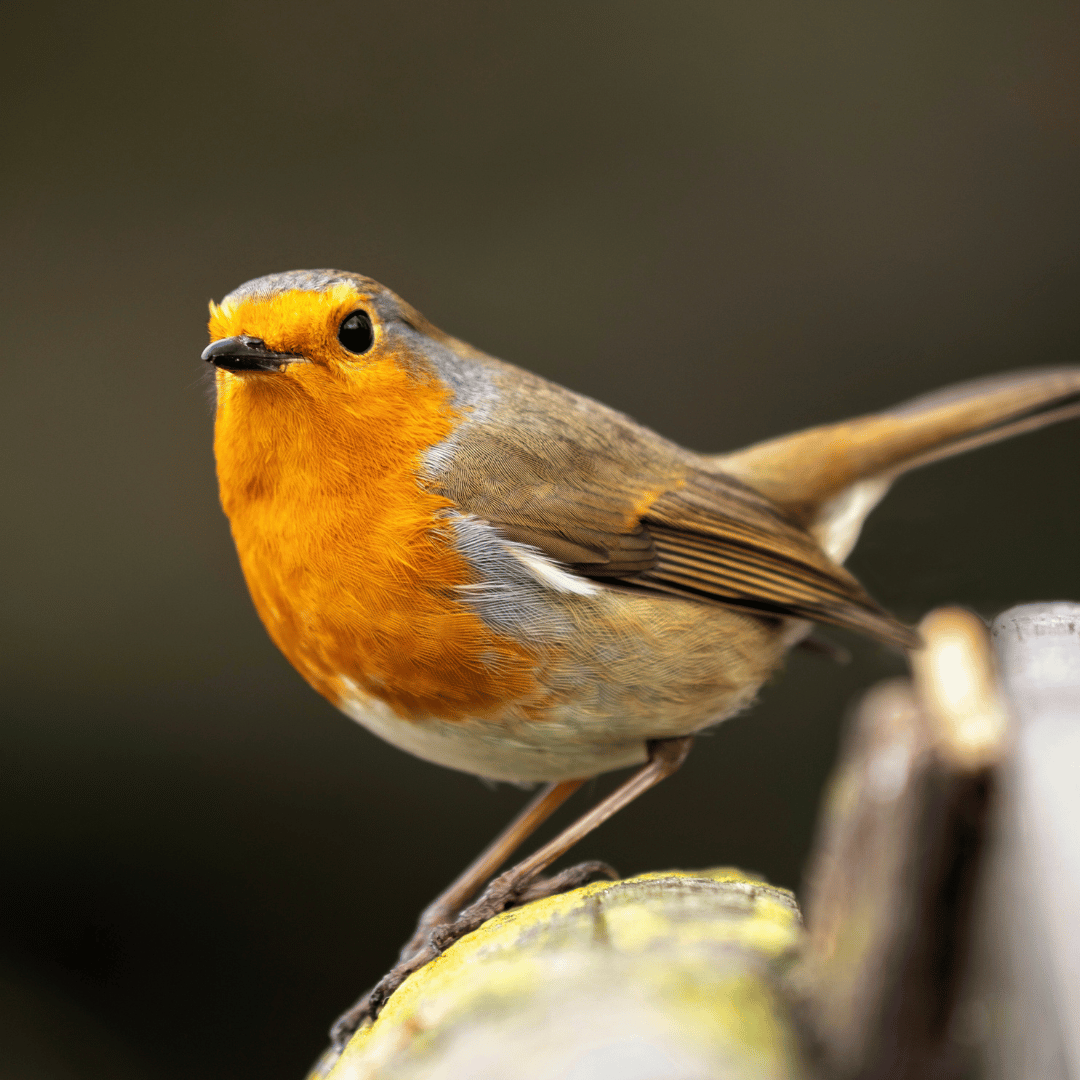Many planning applications are delayed or rejected because the potential impact on protected species has not been properly assessed.
Local Planning Authorities are legally obliged to fully consider the impacts on protected species before they make a decision, therefore you need to be aware that if survey work is deficient or conducted out of season, there is a risk that your application will be rejected or subject to significant delays.
Early identification of any protected species using a site will give you the best chance to work towards minimising the costs associated with planning applications.
Forward-thinking will also allow you to increase efficiency through the ability to plan a range of mitigation schemes, satisfying environmental and planning regulations and offering a proactive approach to ecology issues.
European Protected Species Licence Applications
Most management and mitigation works involving protected species require a European Protected Species Licence, the application for which can often be a cumbersome and time-consuming process.
The presence of a protected species on a proposed development site does not necessarily mean that development cannot be carried out. It is important to note however that the design and scheduling of developments will need to take account of the presence (or even the potential presence) of any protected species.
As with many elements of ecological consideration, a coordinated approach will provide you with the right support to minimise potential delays to your project and maximise your chances of success.
